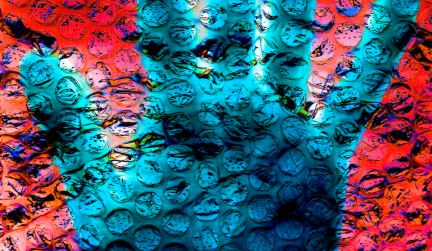Although we live in an increasingly digital world, our bodies and minds are designed to interact with the physical. When we ourselves design purely physical artefacts we do not need to understand how their physicality makes them work – they simply have it. However, as we design hybrid physical/digital products, we must now understand what we lose or confuse by the added digitality and bypassed physicality. With two and half millennia of philosophical ponderings since Plato and Aristotle, several hundred years of modern science, and perhaps one hundred and fifty years of near modern engineering – surely we know sufficient about the physical for ordinary product design? While this may be true of the physical properties themselves, it is not the fact for the way people interact with and rely on those properties. It is only when the nature of physicality is perturbed by the unusual and, in particular the digital, that it becomes clear what is and is not central to our understanding of the world. This book discusses some of the obvious and not so obvious properties that make physical objects different from digital ones. We see how we can understand the physical aspects of devices and how these interact with digital functionality. We also see how people make sense of the physical world so we can design new products in this physical/digital borderland that are intelligible as well as useful.

